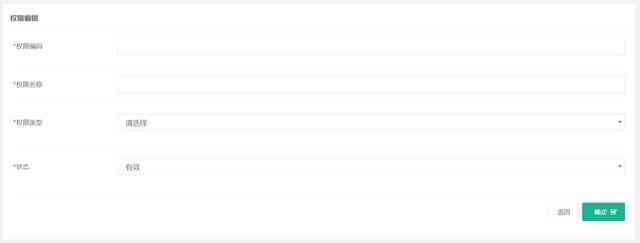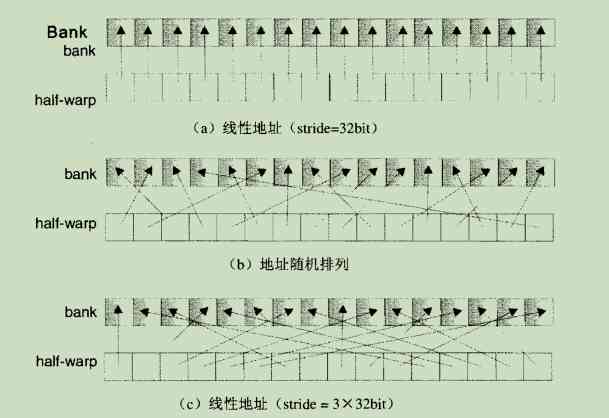功能
调用方式
_.flatten(array)减少一级array嵌套深度
_.flatten([1,[2,3,]])
// =< [1,2,3]数组内的成员如果是数组,那么就会被展开到,内部的元素成为上一级数组的元素。
这种的功能实现起来很简单,首先入参是一个数组,返回也是一个数组
function flatten(array){
let result = []
for(let i = 0; i< array.length; i++){
if(Array.isArray(array[i])) {
// 处理数组中的元素 ,push到result中
}else {
result.push(array[i])
}
}
return result
}
lodash源码实现
function flatten(array) {
var length = array == null ? 0 : array.length;
return length ? baseFlatten(array, 1) : [];
}通过源码,我们可以很清晰的得到flatten方法的核心功能都是由baseFlatten实现的。
经常使用lodash的开发者会发现,flattenDeep和flattenDepth中有baseFlatten
function flattenDepth(array, depth) {
const length = array == null ? 0 : array.length
if (!length) {
return []
}
depth = depth === undefined ? 1 : +depth
return baseFlatten(array, depth)
}
function flattenDeep(array) {
const length = array == null ? 0 : array.length
return length ? baseFlatten(array, INFINITY) : []
}baseFlatten正是flatten**方法的核心实现。
探秘baseFlatten
function baseFlatten(array, depth, predicate, isStrict, result) {
// predicate默认为isFlattenable, 传入的array如果是可以`flatten`化,返回true,
predicate || (predicate = isFlattenable)
result || (result = [])
if (array == null) {
return result
}
for (const value of array) {
if (depth > 0 && predicate(value)) {
if (depth > 1) {
// Recursively flatten arrays (susceptible to call stack limits).
baseFlatten(value, depth - 1, predicate, isStrict, result)
} else {
result.push(...value)
}
} else if (!isStrict) {
result[result.length] = value
}
}
return result
}predicate默认为isFlattenable, 传入的array如果是可以flatten化,返回true.
假定入参baseFlatten(array, 1)。
接下来看具体的处理部分.抽离出代码
for (const value of array) {
if (depth > 0 && predicate(value)) {
if (depth > 1) {
baseFlatten(value, depth - 1, predicate, isStrict, result)
} else {
result.push(...value)
}
} else if (!isStrict) {
result[result.length] = value
}
}第一个判断条件
depth > 0 && predicate(value)对flatten来讲,depth = 1,当for...of迭代出的元素predicate(value)为true。
看一下默认的实现
function isFlattenable(value) {
return Array.isArray(value) || isArguments(value) ||
!!(value && value[spreadableSymbol])
}lodash默认认为数组,arguments 和 value[spreadableSymbol]是Flattenable的。
predicate也可以手动传入。
如果第一轮的遍历出的元素是一个数组。执行的是如下的代码。没什么好说的。
result.push(...value)当迭代出的不是Flattenable(或者说是predicate(value)为false),会执行如下代码
result[result.length] = value接下来思考depth为2的时候是下边的逻辑是如何执行的。
假设此时的入参数遍历出来的value为 ['a','b','c'].此时
if (depth > 1) {
baseFlatten(value, depth - 1, predicate, isStrict, result)
} 执行的就是baseFlatten(['a','b','c'],1,isFlattenable,undefined,[]).
实际上执行的是flatten(['a','b','c']).只不过传入了一个result来存放处理后的结果。depath减少以后,就不会再向下继续执行递归了。
即便是depth为3甚至更高的元素,也会通过递归,每一次递归的结果保存到result中,执行到最后,便是返回最后的结果。
总结
flatten,flattenDeep,flattenDepth等方法都是通过baseFlatten衍生出来的。
再实际开发中,我们也要学习作者的思路去抽象封装代码。



